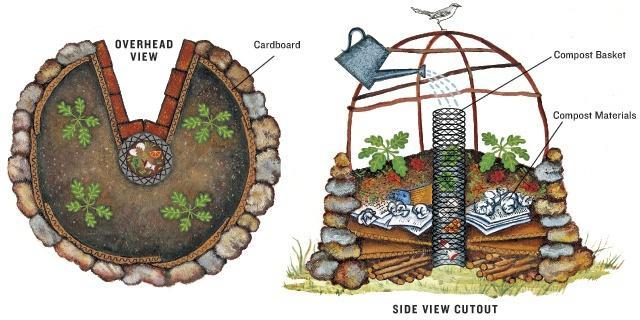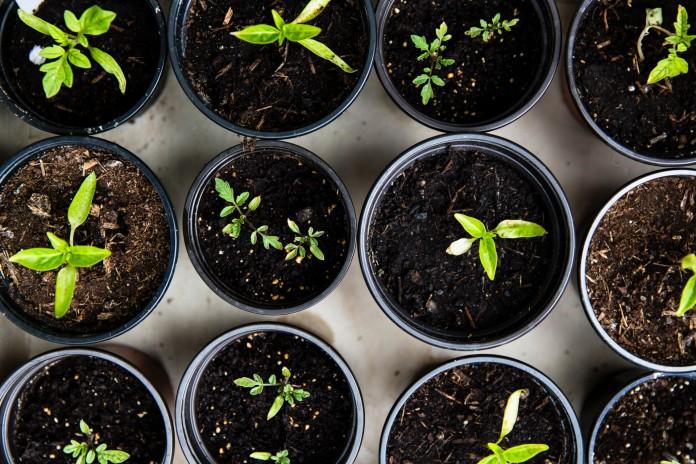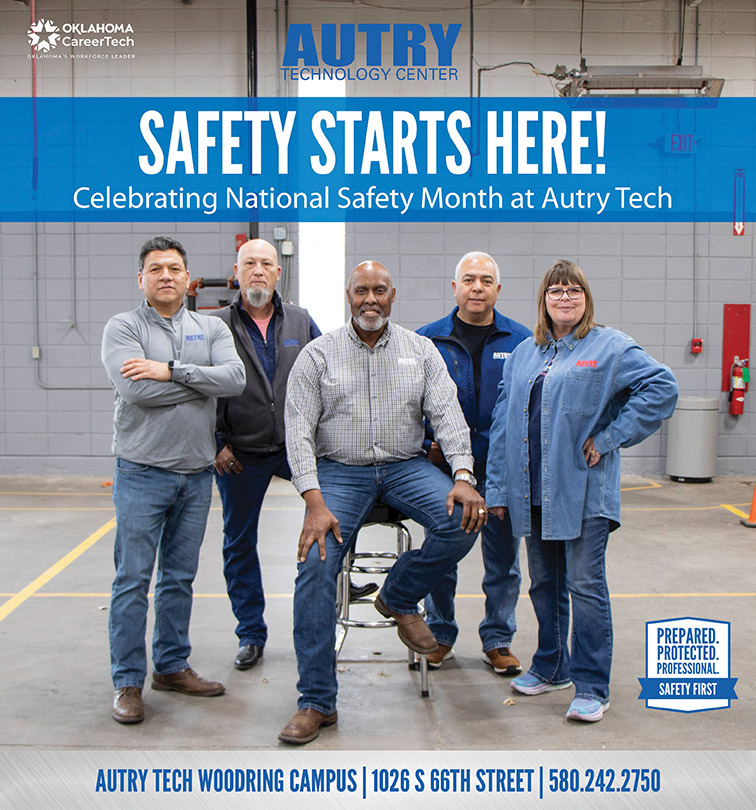Story by Mike Gwinnup, Garfield County Master Gardener
Spring is rapidly approaching and many of you may be planning on creating some new beds for your planting. Planting beds come in a wide variety of shapes and sizes but I want to tell you about a type of raised bed that we have established in the Master Gardener Demonstration Garden that has some unique properties.
I’m talking about Keyhole Gardens. This concept was developed in Lesotho, Africa by the Consortium for Southern Africa Food Security Emergency, based upon a design that originated with CARE in Zimbabwe (Source: Wikipedia) The idea was to have a system that would overcome poor soil and arid conditions along with a population that was severely hampered by widespread HIV. It makes use of composting and a water-efficient design.
The Keyhole Garden construction starts with a rough circle of approximately six feet to two meters in diameter. A small slice is taken out of the circle big enough for a person to get to the center. In the center is a cage made of wire mesh or any other porous material (This is where you put fresh compost regularly.) This slice gives the structure the appearance of an old-fashioned keyhole, which is where the name comes from. The outside wall can be made from a wide variety of materials. We used landscape timbers cut to short lengths with slight angles to achieve a circle of the needed size. There are many examples of other materials that you can find online. Some of the most common would be stone, brick, concrete blocks, sticks, or plastic sheets. I’ve even seen a picture of a Key Hole Garden made of wine bottles. The height of the structure is also a matter of preference. We made our about 2 ½ feet tall because it makes it much easier to work on. The slice can also be enlarged to allow for individuals in wheelchairs to access it.

For those of you who are familiar with lasagna gardening, this is a variation of that concept. Filling the structure involves layering almost anything that can be composted. We used cardboard, straw, sticks, manure, and a layer of topsoil on the top. It is important to make each layer with a slight slope to the outside. Note: in the main area, it is primarily “brown” compost. The green (fresh) compost goes into the cage. I found out after the fact that it is a good idea to add a little nitrogen to a new bed to help jump-start the composting process.

One of the big advantages of the keyhole garden is its efficient use of water. Other than first planting seeds or seedlings, you only water through the central cage. The water then leaches through the new compost and takes the nutrients out to the rest of the bed. In Africa, where many villagers needed to walk a good distance to get clean water, “gray” water can be safely used to irrigate the garden. (Gray water is what was used for washing, bathing, etc.) The size of the bed (six feet in diameter) was determined because that’s how far the water and nutrients could be effectively leached. Many of the pictures now showing up as keyhole gardens are squared off. My personal opinion is that what you might save in the building process would be lost in the less efficient water use.

Because of the rich nutrients in this kind of bed, it is possible to plant fairly close together. The Gardening Chanel recommended that you plant at least four different types of vegetables in your garden to maintain fertility and to promote resistance to pests and disease. Onion and garlic, specifically, provide pest protection. Plant leafy greens next to root vegetables. Tomatoes can be planted near the center of the garden to allow the basket to provide support for the plant although we use some sort of separate frame for support. Preferred root plants for keyhole gardens include carrots, beets, and radishes. Spinach, lettuce, and herbs are all good choices for leafy vegetables.

Another advantage is that with seasonal crops, you can have something growing almost all year.
If you decide to build a Keyhole garden, there are lots of suggestions online, or if you would like some personal advice, contact the Garfield County OSU Extension Office to get in touch with a Master Gardener. We do have two of these gardens in the Demonstration Garden.
Happy Gardening!






























